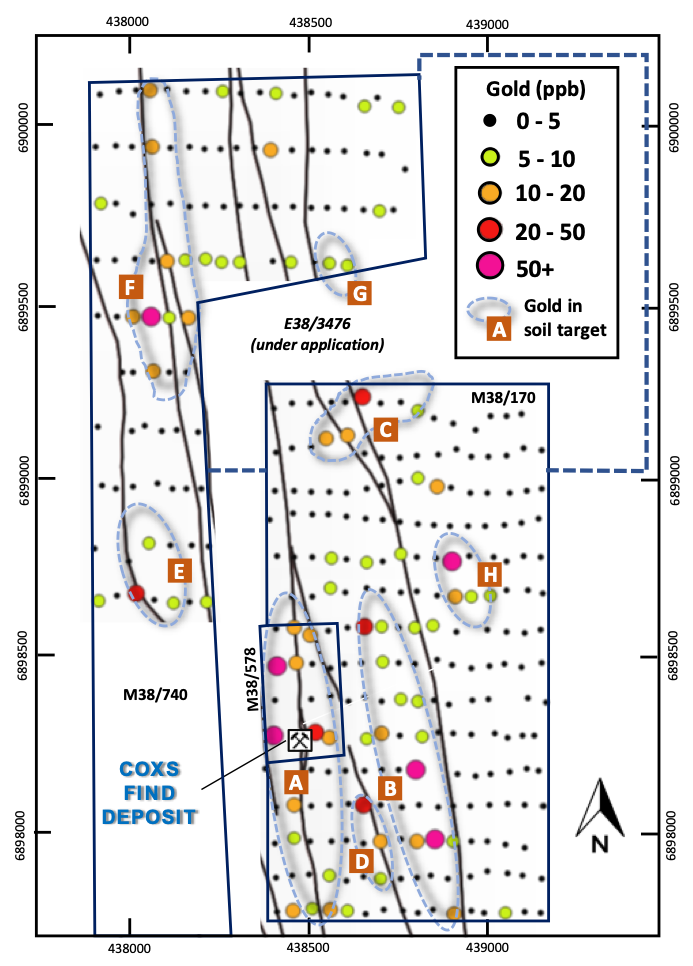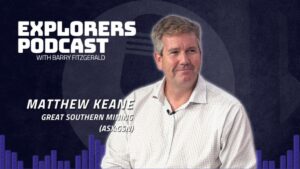Great Southern defines multiple +1km-long gold anomalies in the hunt for another 21g/t Cox’s Find

Getty: GettyImages
Special Report: Several new, near-mine targets — geological ‘look-alikes’ of the historic +21g/t Cox’s Find orebody — have been further defined by Great Southern. Now the explorer plans to test them with deeper drilling.
Great Southern (ASX:GSN) acquired the historic Cox’s Find project, about 70km from the gold mining hub of Laverton in WA, in August last year.
The mine produced 77,000 ounces at more than 21 grams per tonne (g/t) between 1935 and 1942.
In today’s terms, when +5g/t is generally considered high grade, that would make it one of the highest-grade gold mines in Australia.
Several new, near-mine targets – geological ‘look-alikes’ of the Cox’s Find orebody – have since been defined by Great Southern and its consultants.
These initial targets, which have never been drilled, could host an additional 480,000oz at grades of between 15 and 25g/t gold.
To dial in on these targets for deeper drilling, the company recently completed a geochemical (soil) survey.
The program comprised 1,150m of shallow (3m deep) rotary air blast drilling in 350 holes on a 100m by 50m grid, over most of the project area.
This successfully identified numerous “major anomalous gold bearing geochemical signatures”, some more than 1000m long and 250m wide:

Great Southern’s Mark Major says this program will help the explorer plan a phase two drilling program, designed to test some of these super high-grade exploration target for the first time.
“There isn’t a huge amount of outcrop here [which helps explorers ‘read’ the geology], and the outcrop we do have is highly weathered,” he told Stockhead.
“We need more data, and this [geochemical program] is just another way for us to understand the geology and therefore place our drill holes in the best places, those with the highest chance of success.”
The extension of the Cox’s Find deposit itself still remains ‘open’, Major says. It represents a meaty, low-risk target on its own, but if Great Southern finds another Cox’s Find – that’s a whole new kettle of fish.
“We’ve worked out how the Cox’s Find deposit was established geologically,” he says.
“Now we take that analogue and go ‘where could that be found elsewhere in this system?’
“It’s very rare that you have just one of these deposits. If we have more of these sorts of gold systems along this structure it could become very exciting.”
This story was developed in collaboration with Great Southern, a Stockhead advertiser at the time of publishing.
This story does not constitute financial product advice. You should consider obtaining independent advice before making any financial decisions.
Related Topics

UNLOCK INSIGHTS
Discover the untold stories of emerging ASX stocks.
Daily news and expert analysis, it's free to subscribe.
By proceeding, you confirm you understand that we handle personal information in accordance with our Privacy Policy.








